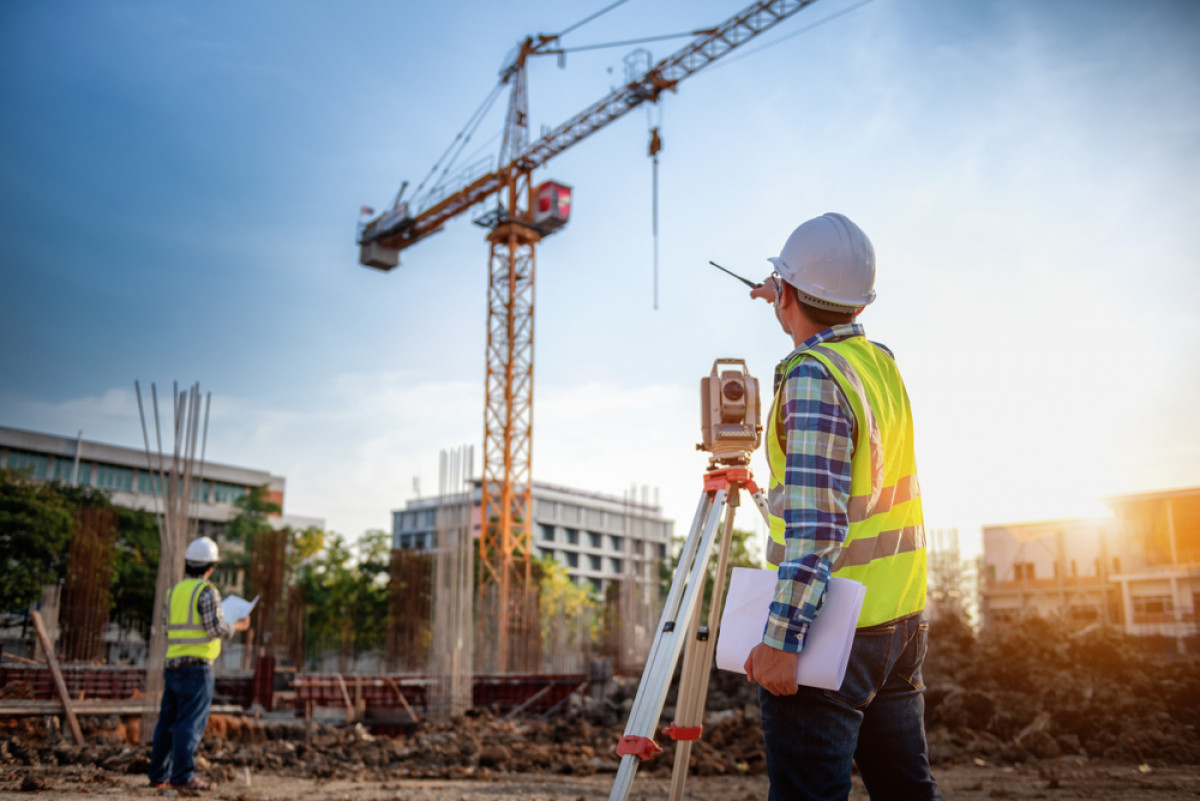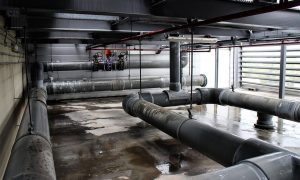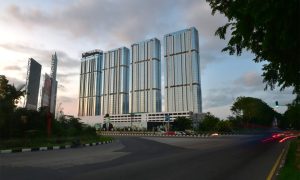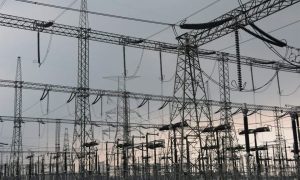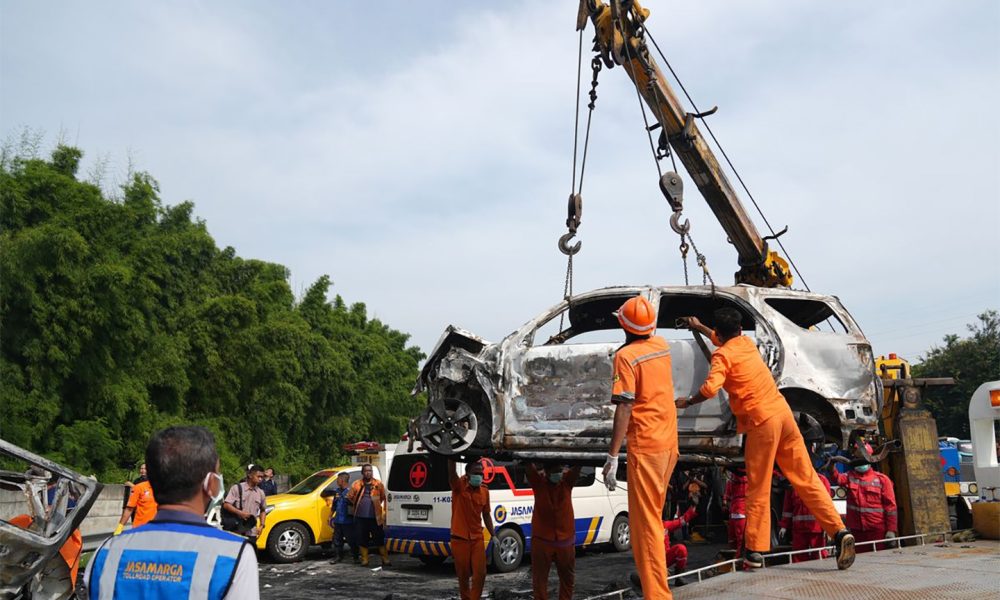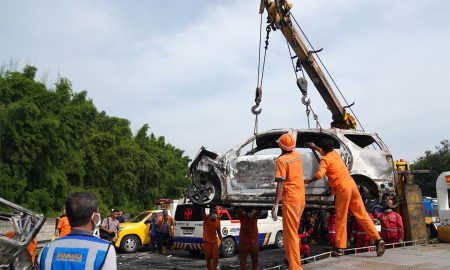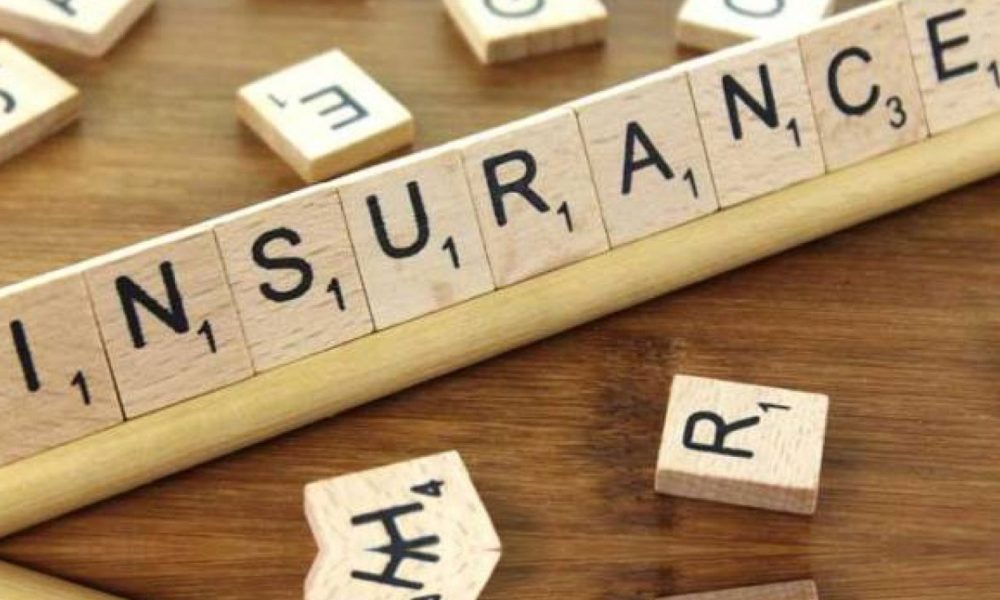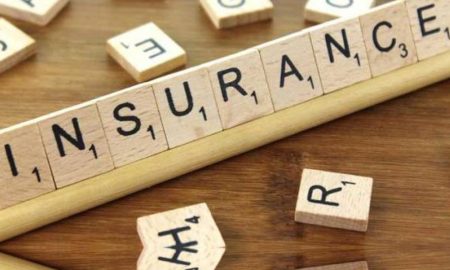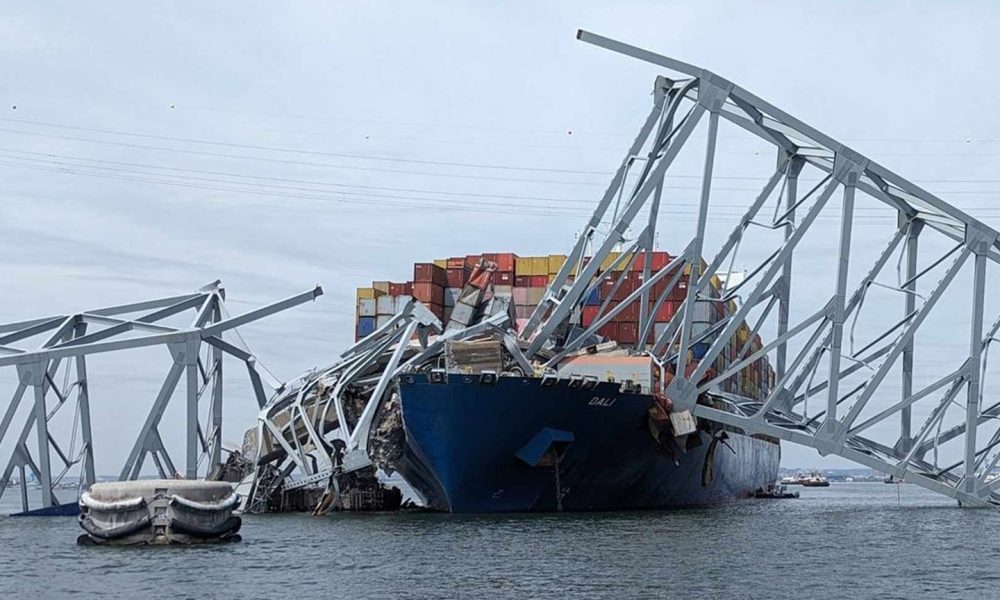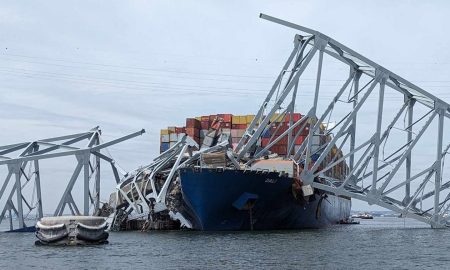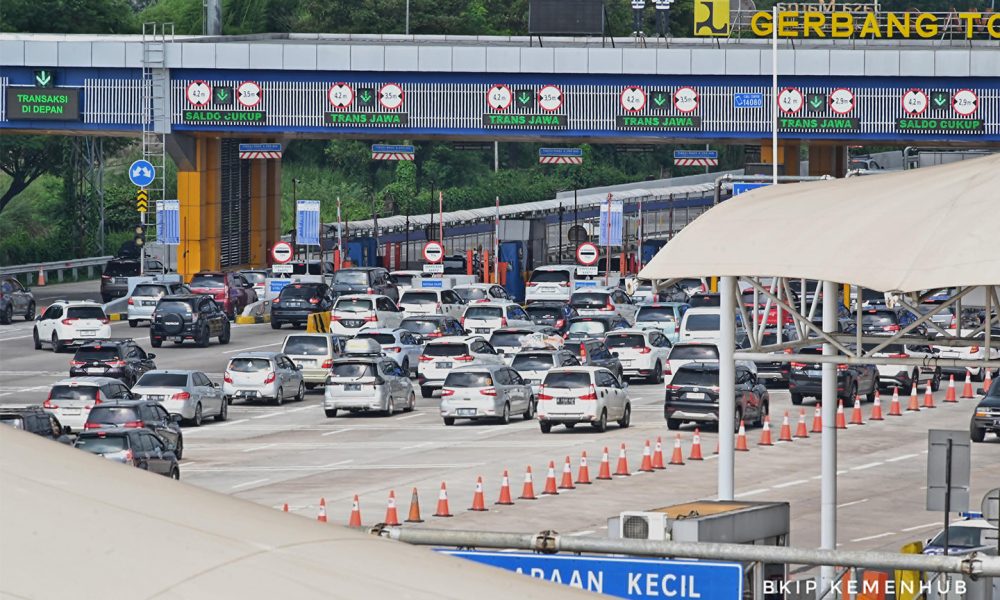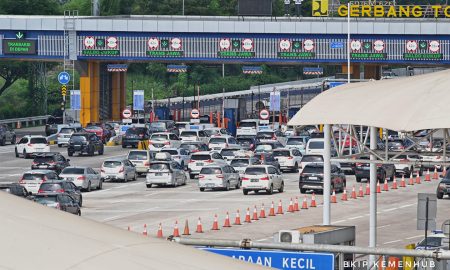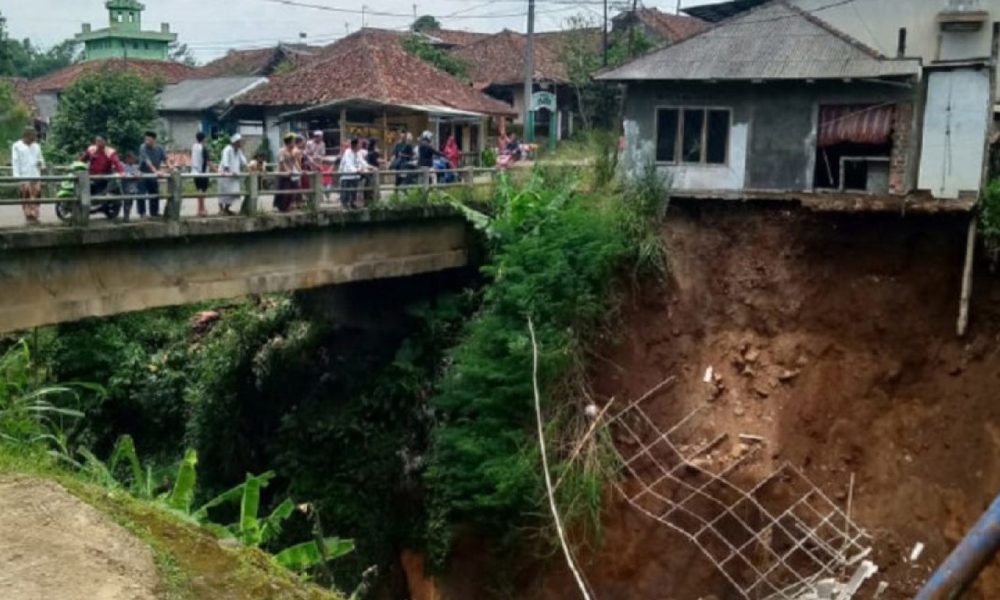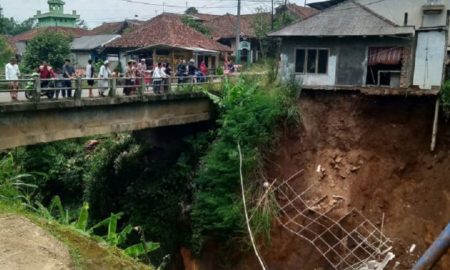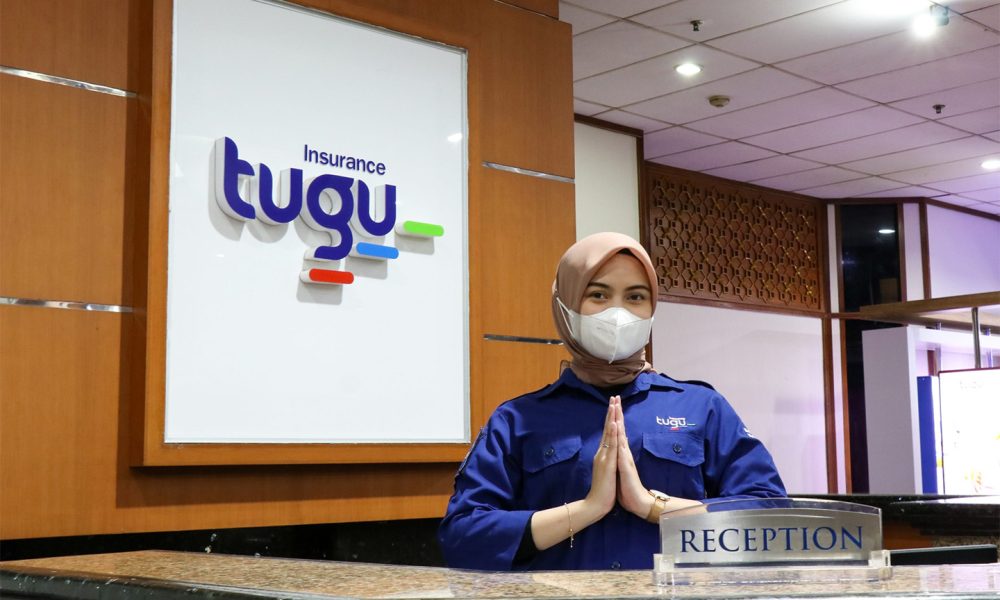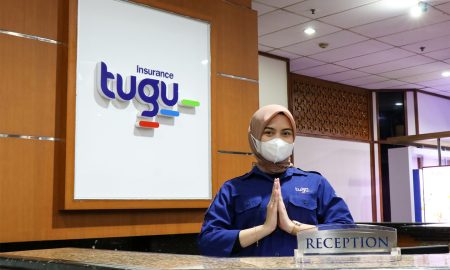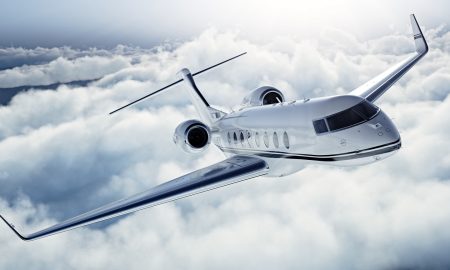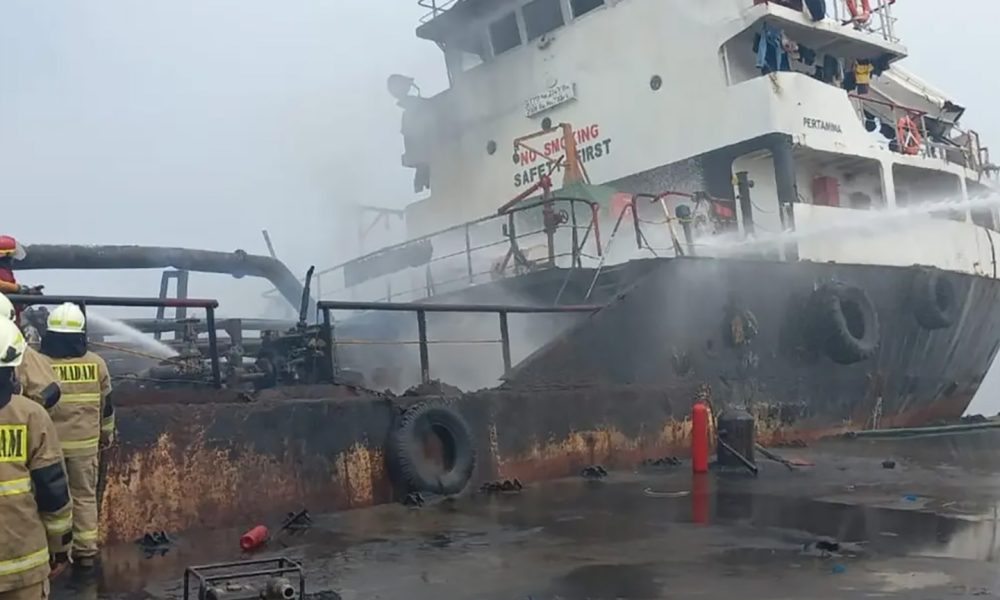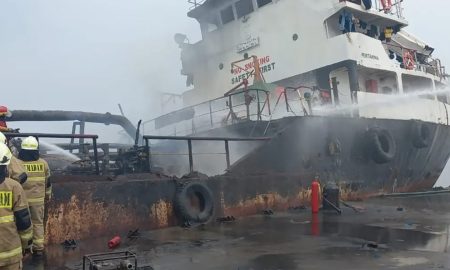Liga Asuransi – Dear readers, how are you? I hope your business is doing well this year and will continue to advance in the next year.
Let’s continue our discussion about risk management and insurance. This time I will discuss the Construction Erection All Risks insurance policy, often abbreviated CAR / EAR.
Last week I was asked by one of our clients about the issue they are currently facing. They need help in handling their insurance claim. After months of claim processing, there has not yet been a positive sign from the insurer regarding the settlement of the claim.
For your information, this insurance policy was arranged directly with the insurance company because they fully understand the CAR / EAR insurance coverage. They have experienced handling this type of insurance for years and have never had problems with insurance claims.
After obtaining information, including the insurance policy coverage and the explanation of the causes of the claims, we can conclude that the accident is difficult to claim to the EAR insurance policy they have purchased.
The accident occurred after the machine was handed over and was already operated by the owner after a few months of the engine running properly.
We found out that the damage occurred due to the failure of one of the turbine components causing the engine to shut down suddenly.
Our client assumes that this accident can be covered by Erection All Risks because the damage occurred during maintenance.
Even though it was still in the Maintenance Period, the risks that occurred were operational risks, not erection risks.
We will elaborate in more detail to discuss this issue so that fellow contractors can understand it.
If you are interested in this article, please share it with your colleagues so that they also understand like you.
Definitions of Maintenance
In general, maintenance functions can be defined as maintenance, repair, and overhaul (MRO), and MRO is also used for maintenance, repair, and operations. Over time, the terminology of maintenance and MRO has become standardized.
The maintenance works include any activity—such as tests, measurements, replacements, adjustments, and repairs—intended to retain or restore a functional unit in or to a specified state where the unit can perform its required functions.
Maintenance also includes tests, adjustments, parts replacement, and cleaning is performed specifically to prevent faults from occurring.
All actions are taken to retain material in a serviceable condition or to restore it to serviceability. It includes inspections, testing, servicing, classification as to serviceability, repair, rebuilding, and reclamation.
The routine recurring work required to keep a facility (plant, building, structure, ground facility, utility system, or other real property) in such condition that it may be continuously used, at its original or designed capacity and efficiency for its intended purpose.
Maintenance Works Definition in The Construction and Erection of Insurance
From an insurance point of view, the Construction and Erection Works means the works and things necessary for achieving Construction & Erection Completion and Commercial Operations following the provisions of the Agreement.
Maintenance is strictly connected to the utilization stage of the product or technical system, in which the concept of maintainability must be included.
Maintainability is considered the ability of an item, under stated conditions of use, to be retained in or restored to a state in which it can perform its required functions, using prescribed procedures and resources.
Extended Maintenance Cover Endorsement MIR 004
It is agreed and understood that otherwise subject to the terms, exclusions, provisions, and conditions contained in the Policy or endorsed thereon and subject to the Insured having paid the agreed extra premium, this insurance shall be extended for the maintenance period specified hereunder to cover loss of or damage to the contract works
- caused by the insured Contractor (s) during the operation carried out to comply with the obligations under the maintenance provisions of the Contract,
- occurring during the maintenance period, provided such loss or damage was caused on the site during the construction period before the certificate of completion for the lost or damaged section was issued.
Types of Maintenance
- Preventive maintenance
Preventive maintenance, where equipment is checked and serviced in a planned manner (at a scheduled point in time or continuously)
Corrective maintenance, where equipment is repaired or replaced after wear, malfunction, or breakdown
Reinforcement (MRO)
MRO stands for Maintenance, Repair, and Operations — or sometimes Maintenance, Repair, and Overhaul — and refers to the equipment and tools.
- Preventive maintenance (PM)
Preventative maintenance (PM) is the care and servicing by personnel to maintain equipment in satisfactory operating condition by providing for systematic inspection, detection, and correction of incipient failures before they occur or develop into major defects.
Preventive maintenance (PM) is “a routine for periodically inspecting” with the goal of “noticing small problems and fixing them before major ones develop. Ideally, “nothing breaks down.”
The main goal behind PM is for the equipment to make it from one planned service to the next planned service without any failures caused by fatigue, neglect, or normal wear (preventable items), which Planned Maintenance and Condition Based Maintenance help to achieve by replacing worn components before they fail.
The main objectives of PM are:
- Enhance capital equipment’s productive life.
- Minimize production loss due to equipment failures.
- Reduce critical equipment breakdown.
The work carried out on equipment to avoid its breakdown or malfunction. It is a regular and routine action taken on equipment to prevent deterioration.
Maintenance, including tests, measurements, adjustments, parts replacement, and cleaning, is performed to prevent faults.
- Planned preventive maintenance (PPM)
Planned preventive maintenance (PPM), more commonly referred to as planned maintenance (PM) or scheduled maintenance, is any variety of scheduled maintenance to an object or item of equipment.
Specifically, planned maintenance is a scheduled service visit by a competent and suitable agent to ensure that an item of equipment is operating correctly and to avoid any unscheduled breakdown and downtime.
The key factor as to when and why this work is being done is timing and involves a service, resource, or facility being unavailable. By contrast, condition-based maintenance is not directly based on equipment age.
Planned maintenance be date-based, based on equipment running hours, or on distance traveled.
Parts that have scheduled maintenance at fixed intervals, usually due to wear out or fixed shelf life, are sometimes known as time-change interval or TCI items.
- Predictive Maintenance (PM)
Predictive maintenance techniques are designed to help determine the condition of in-service equipment to estimate when maintenance should be performed.
This approach promises cost savings over routine or time-based preventive maintenance because tasks are performed only when warranted. Thus, it is regarded as condition-based maintenance carried out as suggested by estimations of the degradation state of an item.
The central promise of predictive maintenance is to allow convenient corrective maintenance scheduling and prevent unexpected equipment failures.
This maintenance strategy uses sensors to monitor critical parameters within a machine or system. It uses this data with analyzed historical trends to continuously evaluate the system’s health and predict a breakdown before it happens.
This strategy allows maintenance to be performed more efficiently since more up-to-date data is obtained about how close the product is to failure.
- Condition-based maintenance (CBM)
Condition-based maintenance (CBM), is maintenance when the need arises. Albeit chronologically much older, it is considered one section or practice inside the broader and newer predictive maintenance field, where new AI technologies and connectivity abilities are put to action and where the acronym CBM is more often used to describe ‘condition Based Monitoring’ rather than the maintenance itself.
CBM maintenance is performed after one or more indicators show that equipment will fail or equipment performance is deteriorating.
This concept applies to mission-critical systems incorporating active redundancy and fault reporting. It also applies to non-mission critical systems that lack redundancy and fault reporting.
CBM is based on using real-time data to prioritize and optimize maintenance resources. Observing the state of the system is known as condition monitoring. Such a system will determine the equipment’s health and act only when maintenance is necessary.
- Corrective maintenance
Corrective maintenance is a type of maintenance used for equipment after equipment breaks down or malfunction is often the most expensive – not only can worn equipment damage other parts and cause multiple damages but consequential repair and replacement costs and loss of revenues due to downtime during overhaul can be significant.
The technical meaning of maintenance involves functional checks, servicing, repairing, or replacing of necessary devices, equipment, machinery, building infrastructure, and supporting utilities in industrial, business, and residential installations. Over time, this has come to include multiple wordings that describe various cost-effective practices to keep equipment operational.
Installation Services means all those services ancillary to the supply of the Plant and Equipment for the Facilities to be provided by the Contractor under the Contract, e.g., transportation and provision of marine or other similar insurance, inspection, expediting, site preparation works (including the provision and use of Contractor’s Equipment and the supply of all construction materials required),
How to ensure that your CAR/EAR Claim is payable by insurers?
As we all know, in the construction industry, the role of consultants is very significant. Every project must use the services of consultants.
Consultants work on a project basis and often work with highly specialized tasks.
The types of consultants in construction projects vary. Typical consultant roles include project managers, architects, service engineers, and cost consultants. You also have third-party client-side technical inspectors, like Commissioning Authorities.
The question is, for risk management and project insurance, who is your consultant?
As you may be aware that risk management and insurance are very important in a project. Imagine if your project collapsed or caught fire and how to get reimbursement from the insurer.
And if the insurance company rejects the insurance claim you filed, what should you do?
Therefore, you also need consulting services for risk management and project insurance! Risk management and insurance consultants are insurance broker companies or insurance brokers.
Insurance brokers are insurance experts recognized and registered with Indonesia’s Financial Services Authority (OJK).
An insurance broker is a competent person who receives formal and legal education from credible insurance institutions at home and abroad. They also have years of experience helping their clients.
If you don’t want to be disappointed because your insurance claim is rejected or not paid, always use the services of an experienced insurance brokerage registered with the OJK.
One of the insurance brokerage companies with extensive experience in risk management and construction insurance is L&G Insurance Broker.
For all your insurance needs, contact L&G now!
- https://startup.info/difference-between-construction-all-risks-and-erection-all-risks-insurance-explained/
- https://en.wikipedia.org/wiki/Maintenance_(technical)
—
LOOKING FOR INSURANCE PRODUCTS? DON’T WASTE YOUR TIME AND CALL US RIGHT NOW
24 HOURS L&G HOTLINE: 0811-8507-773 (CALL – WHATSAPP – SMS)
website: lngrisk.co.id
E-mail: customer.support@lngrisk.co.id
—



